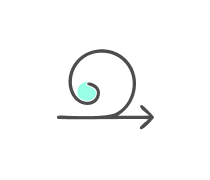U09d1 Quiz On Agile, Up/Rup, Jad, And Tdd - Gertig
- IEEE
- ISO/IEC 12207
2.
You may optionally provide this to label your report, leaderboard, or certificate.
×
Thank you for your feedback!
















